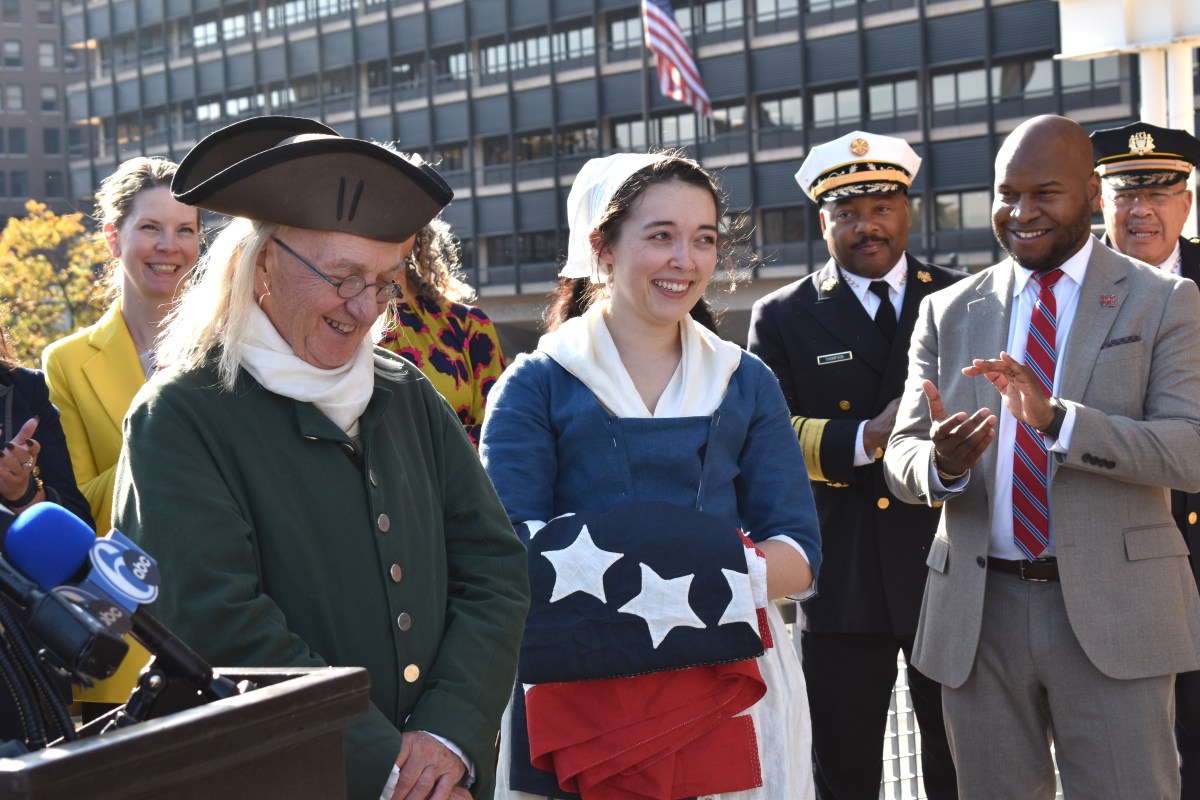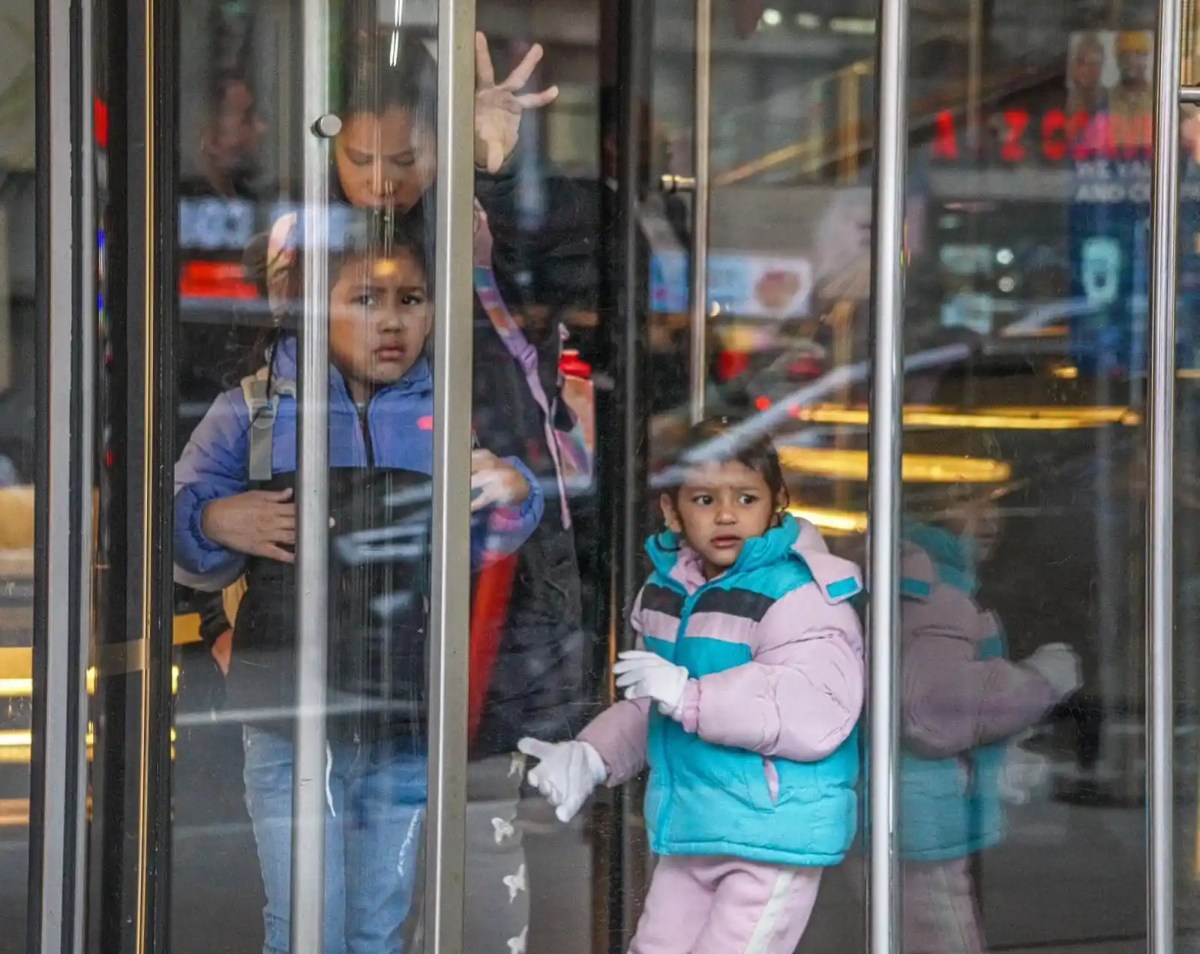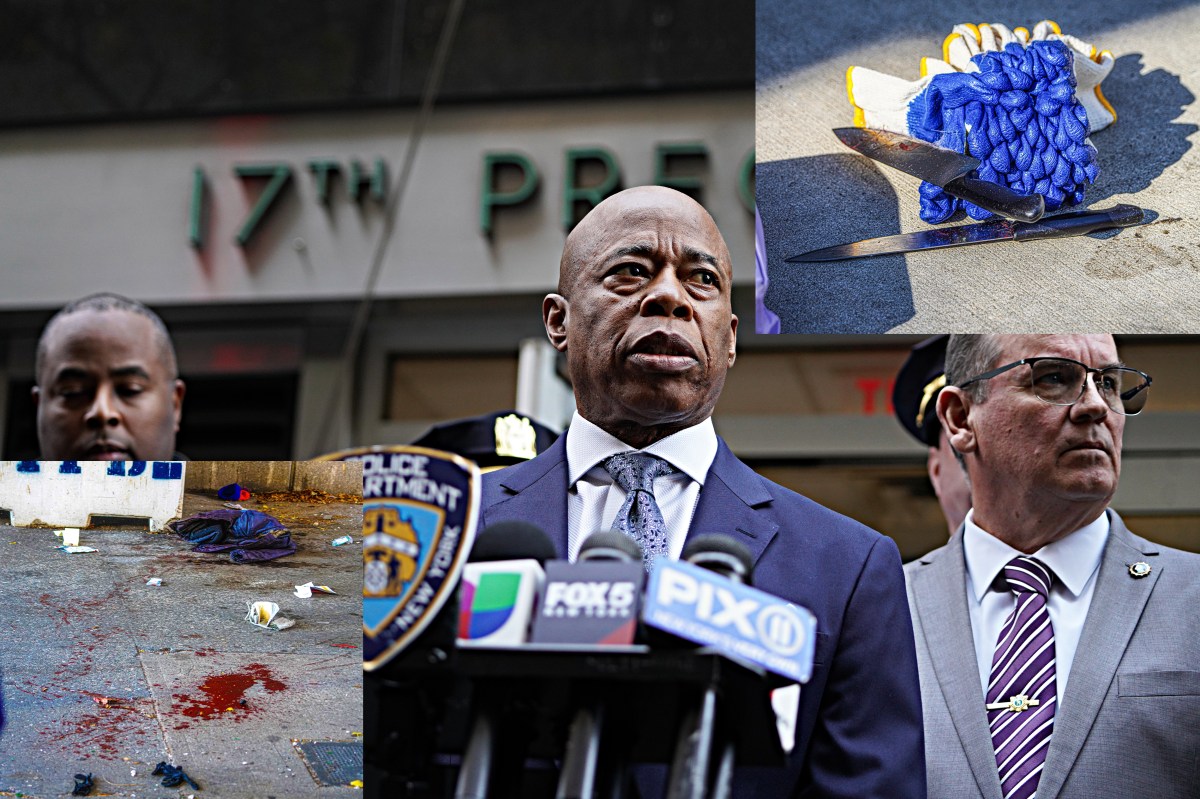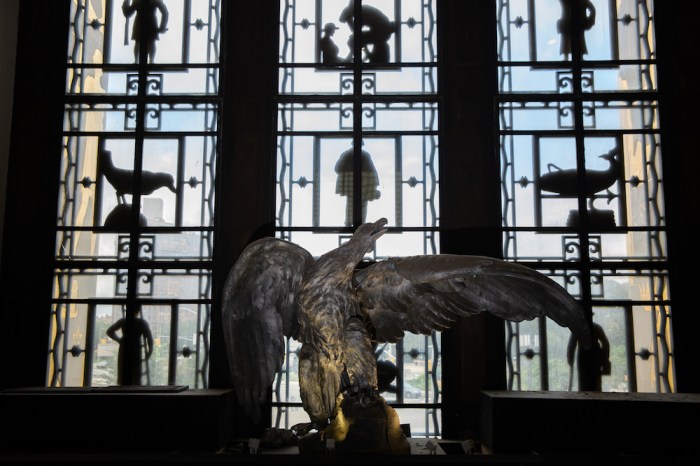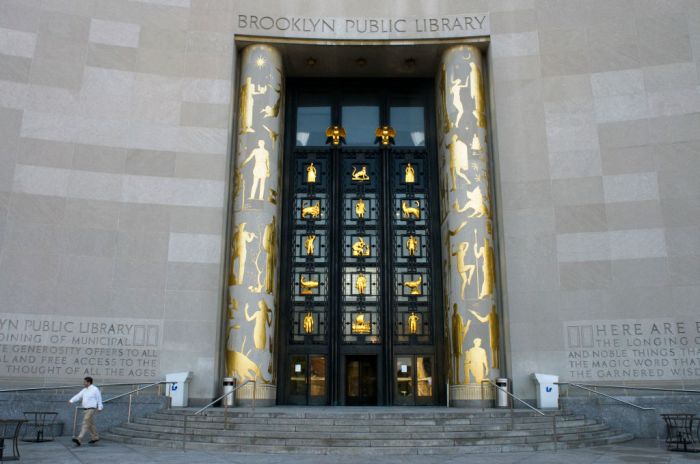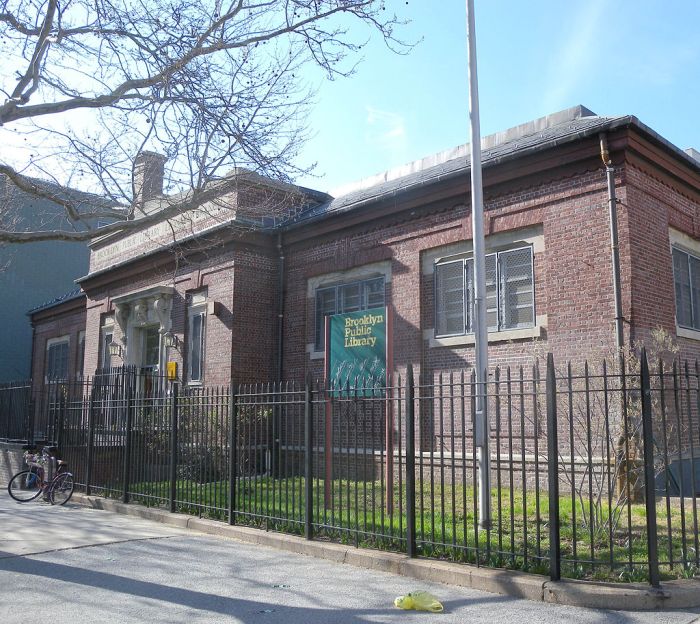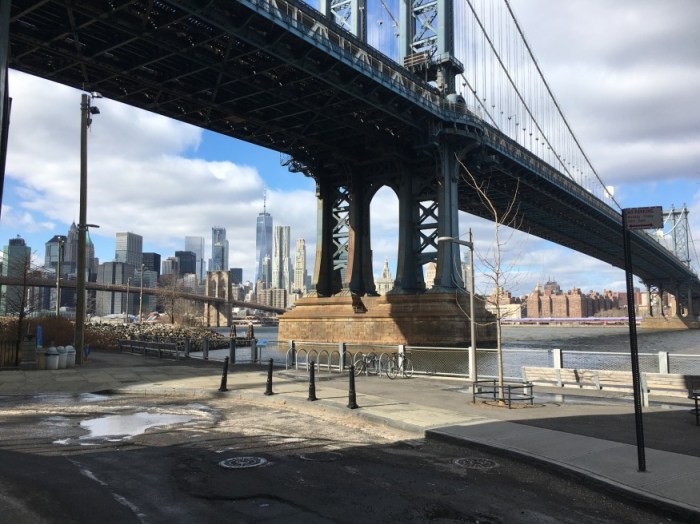Even in today’s digital world, New York City’s three public library systems remain among the largest — and busiest — in the world.
“More people are using them than ever before, but doing it in different ways, not just to check out books,” said Jonathan Bowles, executive director of the Center for an Urban Future.
Beyond books, the New York Public Library, Brooklyn Public Library and Queens Public Library systems offer New Yorkers a broad spectrum of programming from language, literacy, art and tech classes to internet access and more, but with operational expenses like staff costs and average libraries 60 years old or more, the systems face nearly $1 billion in critical infrastructure needs as patronage grows, CUF discovered in its latest library study, which was released Friday and compiled data from all three library systems.
It follows up a 2014 report that brought infrastructure issues like broken boilers and leaky roofs to light and inspired Mayor Bill de Blasio and City Council to increase operational and capital support, reversing years of cuts, and for libraries to extend hours.
“I want to give the city credit. We hope policymakers continue to take the steps they’ve already begun and understand we really appreciate what they’ve done,” Bowles said, adding that CUF doesn’t expect the city to write a $1 billion check, but reminds officials “that the problem isn’t gone, despite some really positive steps. They are an incredibly important opportunity institution and helping people build skills to success, but they’re doing so in buildings in various states of disrepair.”
Modernizing NYC’s historic libraries
“To best serve a public that relies on our libraries more than ever, it is critical that we not only modernize and repair our aging spaces, but also ensure that they are open for as many hours as possible,” NYPL President Anthony W. Marx told Metro. “We look forward to continuing to work with the city to provide the necessary capital funding to upgrade our branches, improve the capital process and invest funding to ensure our doors are open.”
NYPL, which serves Manhattan, Bronx and Staten Island, is currently renovating five century-old branches and upgrading two others, including the Melrose branch in the Bronx, which is regaining a third floor after two of its original four floors were removed during renovations in 1959.
BPL is rebuilding or relocating four branches, adding two new ones and revamping several others.
“Our patrons need and deserve spaces that are welcoming and safe every day in every season,” BPL President and CEO Linda E. Johnson said. “While we have made significant progress reducing BPL’s unfunded needs with innovative library construction projects, there is much more to be done. Our ability to serve 8 million visitors every year is compromised by aging buildings.”
QPL also completed several projects, including replacing the Elmhurst Library, and has significant capital projects including expansions, renovations and upgrades of interiors and infrastructures and a brand-new branch in Rego Park in the works thanks to city funding.
“The inclusion of library buildings in the City’s 10-year capital plan and increased investment have made it possible for our systems to comprehensively address infrastructure upgrades that will provide inviting spaces that inspire learning and discovery,” said QPL President and CEO Dennis M. Walcott. “Still, as the report makes clear, our libraries continue to face significant challenges that threaten our ability to meet our mission.”
All three library systems are asking the city for funding this budget season, though it’s unclear what will happen — or how the city will respond to the CUF report, beyond the mayor’s office telling Metro “we will be happy to review and consider the study. We’ll decline comment beyond that.”
The NYPL, BPL and QPL have asked patrons to send letters of support for more public funding to their elected officials via investinlibraries.org.












